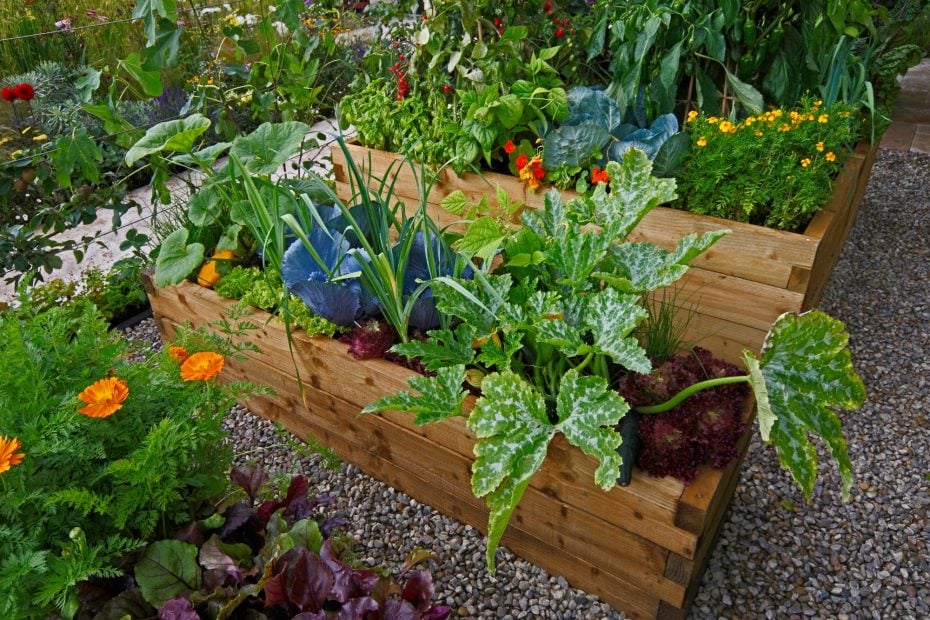The concept of aquaponics for urban homesteads is revolutionizing the way we think about urban farming. As cities expand and green spaces shrink, finding sustainable methods to produce food locally is becoming increasingly important. Aquaponics offers a solution that not only maximizes space but also promotes environmental sustainability.

Understanding Aquaponics
Aquaponics is a blend of aquaculture (raising fish) and hydroponics (cultivating plants in water). This system creates a symbiotic environment where fish waste provides essential nutrients for plants, and plants, in turn, help to purify the water for the fish. Its a closed-loop system that uses less water than traditional farming methods and can be set up almost anywhere, making it ideal for urban homesteads.
Benefits of Aquaponics for Urban Homesteads
Space Efficiency
With urban spaces being limited, aquaponics allows homesteaders to grow a substantial amount of food in small areas. Vertical setups mean that even a balcony or rooftop can become a mini farm.
Environmental Sustainability
The closed-loop nature of aquaponics means that it uses significantly less water than traditional soil-based farming. It also reduces the need for chemical fertilizers, as fish provide natural nutrients for the plants.
Year-Round Production
Unlike traditional gardening, which is often seasonal, an aquaponics system can be operated year-round. This ensures a continuous supply of fresh produce and fish.
Setting Up an Aquaponics System
Choosing the Right Location
For urban homesteaders, choosing a location with adequate sunlight is crucial. Rooftops, balconies, or any space with at least 6 hours of sunlight per day is ideal.
Essential Components
Key components of an aquaponics system include a fish tank, grow beds, a water pump, and a filtration system. Each component plays a vital role in maintaining the balance of the ecosystem.
Selecting Fish and Plants
Tilapia is a popular choice for aquaponics due to its resilience and fast growth. However, other species like trout or catfish can also be suitable. As for plants, leafy greens such as lettuce, kale, and herbs are excellent for beginners.
Maintenance Tips for Aquaponics Systems
Water Quality
Regularly monitoring water quality is crucial. Ensure that pH levels, temperature, and ammonia levels are within the ideal range for both fish and plants.
Feeding the Fish
Proper nutrition is essential for fish health. Use high-quality fish feed and be mindful not to overfeed, as excess food can decompose and affect water quality.
Pest Management
While aquaponics reduces the need for pesticides, vigilance is necessary to manage pests naturally. Introducing beneficial insects or using organic solutions can help control pest populations.
Challenges and Solutions
Initial Setup Costs
While the initial investment for an aquaponics system can be high, the long-term savings on produce and the environmental benefits often outweigh the costs.
Technical Knowledge
Understanding the basics of biology and ecology is beneficial. Many resources are available online, and local workshops can provide hands-on experience. For more insights, you can visit Urban Homesteading Tips.
The Future of Urban Homesteading with Aquaponics
As urban populations continue to grow, the demand for sustainable food production methods will increase. Aquaponics offers a viable solution for urban homesteaders to produce fresh, healthy food while minimizing environmental impact.
To delve deeper into the benefits of homesteading, you might find inspiration from this Homesteading Health Benefits article.

FAQ
What is aquaponics?
Aquaponics is a sustainable farming method that combines aquaculture and hydroponics to create a self-sustaining ecosystem.
How much space do I need for an aquaponics system?
The size of your system can vary, but even small spaces like balconies or rooftops can support a basic setup.
Is aquaponics expensive to maintain?
While the initial setup can be costly, maintenance is relatively low-cost, especially when compared to traditional gardening.





